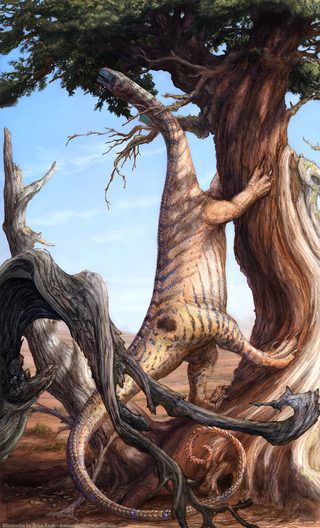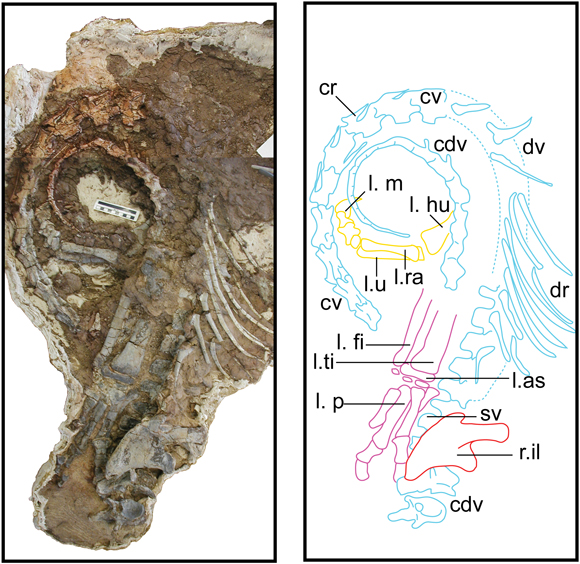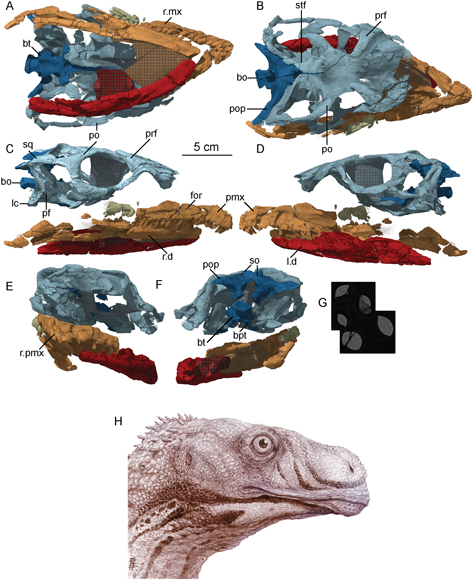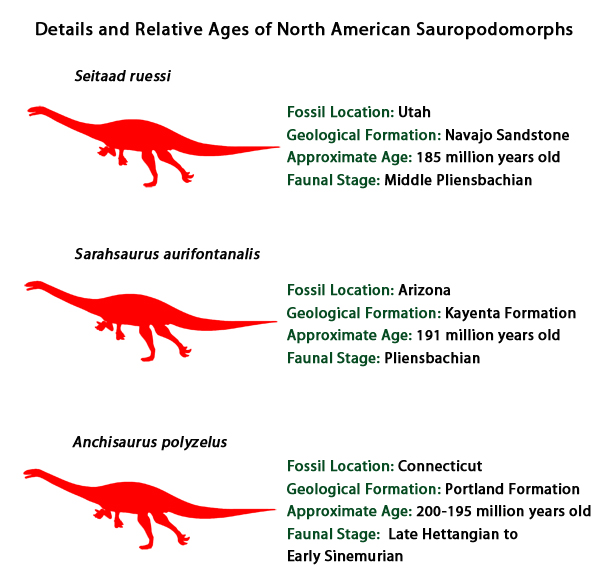New Research Suggests the Ancestors of Sarahsaurus Probably Did Not Originate in North America
Early Jurassic North American Sauropodomorphs were Migrants
The sauropodomorph dinosaur called Sarahsaurus was a migrant into North America just like the other North American sauropodomorphs that have been described to date. That is the conclusion made by researchers from the University of Texas Austin, in a scientific paper published this week.
Recently, Everything Dinosaur has covered a number of technical papers that have featured the Suborder Sauropodomorpha (the sauropods and their direct ancestors). The United States might be famous for dinosaurs such as Brontosaurus, Camarasaurus and Diplodocus, but surprisingly not much is known about the ancestors of these iconic, long-necked dinosaurs.
Studying Sarahsaurus
Writing in the open access journal PLOS One, the researchers from the University’s Jackson School of Geosciences, conclude that the handful of sauropodomorphs known from the Lower Jurassic of North America are not that closely related and they represent successive immigration waves into that part of the super-continent Pangaea.
Sarahsaurus and Other North American Early Jurassic Sauropodomorphs Do Not Form a Unique Clade

Picture credit: Brian Engh
CT Scans and Phylogenetic Analyses
The researchers conducted the first detailed analysis of the fossils ascribed to the genus Sarahsaurus (Sarahsaurus aurifontanalis). This dinosaur had been named back in 2010, from fossil material excavated from the Lower Jurassic Kayenta Formation exposed in north-eastern Arizona. In total, three specimens, including the holotype were studied and subjected to computed tomographic imaging.
With more anatomical data, the scientists then conducted a series of phylogenetic assessments to see where within the Sauropodomorpha Sarahsaurus should be nested and importantly, how the other sauropodomorphs from North America such as Anchisaurus (A. polyzelus) and Seitaad (S. ruessi) were related to Sarahsaurus.
The Main Fossil Block Associated with Sarahsaurus and a Line Drawing Showing a Layout of the Fossil Material

Picture credit: PLOS One
Sarahsaurus aurifontanalis
All of the Sarahsaurus specimens referred to in this study came from siltstone deposits. Manual preparation of the fossils was extremely laborious and time consuming. Many of the bones were encrusted with an extremely hard purple-black oxide coating, hence the use of high-resolution X-ray CT scans to provide more information about the finer details preserved on the fossil material.
In addition, conducting the phylogenetic analysis was made even more problematic than usual as the material used to establish unique characteristics of Sarahsaurus which could then be used to compare with other sauropodomorphs, provided numerous obstacles for the scientists to overcome.
Firstly, a skull used in this study probably came from a much younger individual than the other Sarahsaurus specimens analysed. Furthermore, not all the specimens shared the same bones so making direct comparisons to establish a unique set of features for Sarahsaurus was challenging.
The Massospondylidae Family
These factors coupled with some mixing and redistribution of the holotype material in the sediment and the crushed nature of many of the fossil bones made the phylogenetic assessment very tricky, but the researchers were able to conclude that Sarahsaurus aurifontanalis is probably a member of the Massospondylidae family, which means that this dinosaur is not closely related to the other North American Sauropodomorpha and is more closely related to dinosaurs known primarily from the Southern Hemisphere (Gondwana).
CT Scans of a Skull Specimen Provisionally Assigned to Sarahsaurus

Picture credit: PLOS One/Brian Engh
Waves of Dinosaur Migration into North America Following the End Triassic Extinction Event
If the three known North American sauropodomorphs are not that closely related and the likes of Sarahsaurus is classified as a member of the Massospondylidae, then this suggests that rather than evolving in North America, these dinosaurs arrived on that part of the super-continent of Pangaea as a result of a number of migrations that took place during the Early Jurassic. This links with other research that suggests that although theropods were present in North America during the Triassic transition to the Jurassic, other types of dinosaurs such as the Sauropoda and the ornithischians populated this part of the world later.
The dinosaurs may not have been the super evolved terrestrial animals that simply outcompeted all the other tetrapods in the world driving the majority to extinction. Instead, the Dinosauria may have been opportunists, migrating into areas after the former occupants of key niches in the ecosystem had already died out.
Research Suggests that there were Several Migration Waves into North America During the Early Jurassic

Picture credit: Everything Dinosaur
To read Everything Dinosaur’s article on the discovery of Seitaad ruessi: Dinosaur Buried Alive is a New Species from Utah.
The scientific paper: “Anatomy and Systematics of the Sauropodomorph Sarahsaurus aurifontanalis from the Early Jurassic Kayenta Formation” by Adam D. Marsh and Timothy B. Rowe published in the open access journal PLOS One.
Visit the Everything Dinosaur website: Everything Dinosaur.

